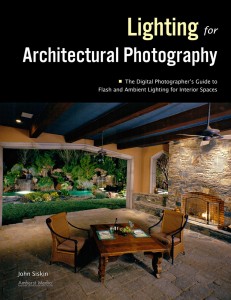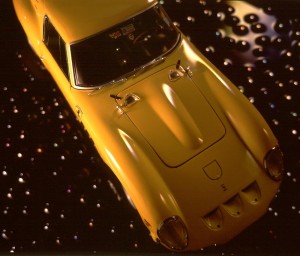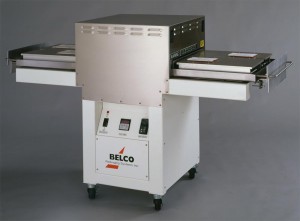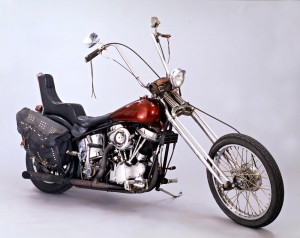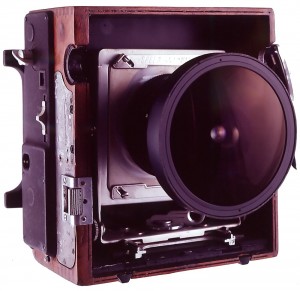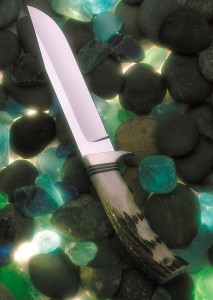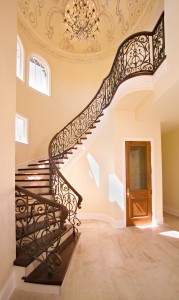 I went through some older blog entries I did for an earlier blog at BetterPhoto. I think this is useful information about understanding the cost of photographic tools. I did make a few updates. All the pictures are from my new book: Lighting for Architectural Photography. The book will be out in the fall, but you can pre-order now at Amazon. That’s where the link goes. Here are some more plugs for my other books and classes: If you would rather order something you’ll get right away try my first book Understanding and Controlling Strobe Lighting: A Guide for Digital Photographers
I went through some older blog entries I did for an earlier blog at BetterPhoto. I think this is useful information about understanding the cost of photographic tools. I did make a few updates. All the pictures are from my new book: Lighting for Architectural Photography. The book will be out in the fall, but you can pre-order now at Amazon. That’s where the link goes. Here are some more plugs for my other books and classes: If you would rather order something you’ll get right away try my first book Understanding and Controlling Strobe Lighting: A Guide for Digital Photographers which is at Amazon.com and other places. You can get a Kindle version or a Nook version also. I have no idea what they look like. Here is a sample chapter from the book. There has been nothing but good feedback on the first book, so I would guess that you’ll like it. Of course I still hope that you will please consider purchasing my fine art book B Four: pictures of beach, beauty, beings and buildings. Purchases of this book mean a lot to me, and it is also a fine gift for any occasion. I lowered the price a couple of weeks ago, and that has helped. As you know I teach for BetterPhoto.com. I really hope you’ll sign up my class: An Introduction to Photographic Lighting. Remember that the books and the class keep me updating this blog.
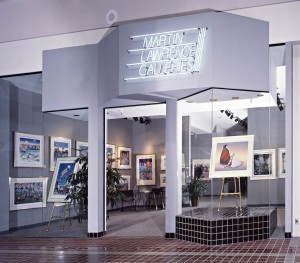 I was thinking about how photo gear endures. I used to think about wearing out equipment, and I still do. But I don’t think about wearing out my camera. Technology will force me to replace it long before it wears out. I am on my fourth digital camera system and, as with the others, it will be retired before it stops working. That wasn’t the case with film cameras. I have a Speed Graphic, still my favorite film camera, that isn’t worn out after fifty years, but it has needed some parts.
I was thinking about how photo gear endures. I used to think about wearing out equipment, and I still do. But I don’t think about wearing out my camera. Technology will force me to replace it long before it wears out. I am on my fourth digital camera system and, as with the others, it will be retired before it stops working. That wasn’t the case with film cameras. I have a Speed Graphic, still my favorite film camera, that isn’t worn out after fifty years, but it has needed some parts.
I still use it when I want to do personal work with a large negative. It was a pleasure to use. My first digital camera was a Leaf back, a DCB 2 that fit on a Mamiya RZ67. I really disliked that camera. It made 3 separate exposures in order to make a color shot. It was very slow and awkward to work with. I was glad to see it go. But, when it did go it was a working camera, a technological dinosaur. I wanted to write about this topic not to whine about digital cameras, but to discuss the expected life times of photoproducts; and how that should affect the way we buy them. For instance, I think that we should buy cameras that have been on the market for a while; my business can’t stand a recall, or other problem with a new product. I also think that I might need a camera with a large file. I nope to do some business with display prints. As a consequence I believe that a camera has a lifetime between 3 and 5 years. It needs to pay for itself quickly!
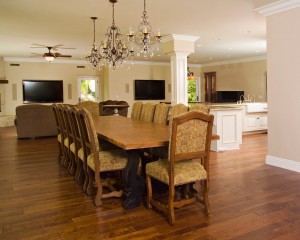 When I think about lenses, I have different considerations. Current lenses will wear out: the motors that make the lens auto focus will not work forever. Also the focus tracks are very lightweight, they will have wear problems. The tracks are built this way in order to allow auto focus to function quickly. I would guess that the lenses I use frequently are going to last between five and ten years, not too bad. I can make an investment in a lens that will pay off more slowly, even buying specialty lenses that I might not use more that once a month. So I can easily make a case for buying quality lenses.
When I think about lenses, I have different considerations. Current lenses will wear out: the motors that make the lens auto focus will not work forever. Also the focus tracks are very lightweight, they will have wear problems. The tracks are built this way in order to allow auto focus to function quickly. I would guess that the lenses I use frequently are going to last between five and ten years, not too bad. I can make an investment in a lens that will pay off more slowly, even buying specialty lenses that I might not use more that once a month. So I can easily make a case for buying quality lenses.
 Tripods last for decades. I would not be surprised to see my current tripods, I have five, last for more another fifty years. So the cost of a tripod is very inexpensive because the cost is amortized over such a long time. By the way I have five tripods because I have small medium and large cameras. My 8X10 camera requires a tripod that is much larger tan I would need for my digital camera. If you buy a good tripod it may outlast ten cameras, a poor tripod may be lousy from the first day.
Tripods last for decades. I would not be surprised to see my current tripods, I have five, last for more another fifty years. So the cost of a tripod is very inexpensive because the cost is amortized over such a long time. By the way I have five tripods because I have small medium and large cameras. My 8X10 camera requires a tripod that is much larger tan I would need for my digital camera. If you buy a good tripod it may outlast ten cameras, a poor tripod may be lousy from the first day.
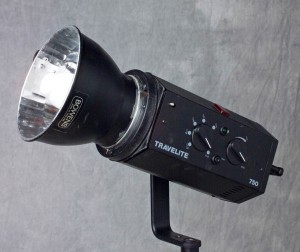 One of my goals for these blog entries is to talk about lights. In my discussions about strobes I often hear how expensive they are. An investment in strobes is like buying a tripod, since strobes last such a long time. I have some Norman equipment that I bought new in 1983, that’s almost 25 years. The tubes haven’t broken and the strobes still work. Not bad. More to the point, of the photos I’ve made for money since 1983, most required strobes. More than any other piece of equipment, lights separate the assignment photographer from people who are more hobbyist than professional. So, although it may not seem that way when you right the check, strobes are cheap; they will be with you for a long ling time. Good strobes help make professional photographers!
One of my goals for these blog entries is to talk about lights. In my discussions about strobes I often hear how expensive they are. An investment in strobes is like buying a tripod, since strobes last such a long time. I have some Norman equipment that I bought new in 1983, that’s almost 25 years. The tubes haven’t broken and the strobes still work. Not bad. More to the point, of the photos I’ve made for money since 1983, most required strobes. More than any other piece of equipment, lights separate the assignment photographer from people who are more hobbyist than professional. So, although it may not seem that way when you right the check, strobes are cheap; they will be with you for a long ling time. Good strobes help make professional photographers!
When I teach a class I ask people to practice. I suggest that they work with a Styrofoam wig head and cheap flood lights. The wig head is all white that makes it easy to see the shadows. The flood lights are easy to see and to manipulate. This gives you a sort of a lighting lab where you can practice and experiment. I still use the wig head when I get a new piece of lighting gear. I know I’ve said this before: musicians practice so they can play, why shouldn’t we? If you can only practice with a live model you won’t be able to take the same risks you can with a hunk of Styrofoam. Most models don’t have the patience of the wig head. So, if you’re thinking about a lighting class why not mine?
